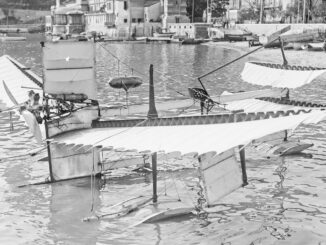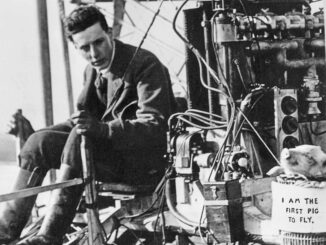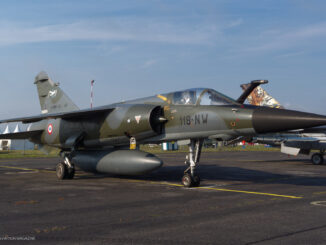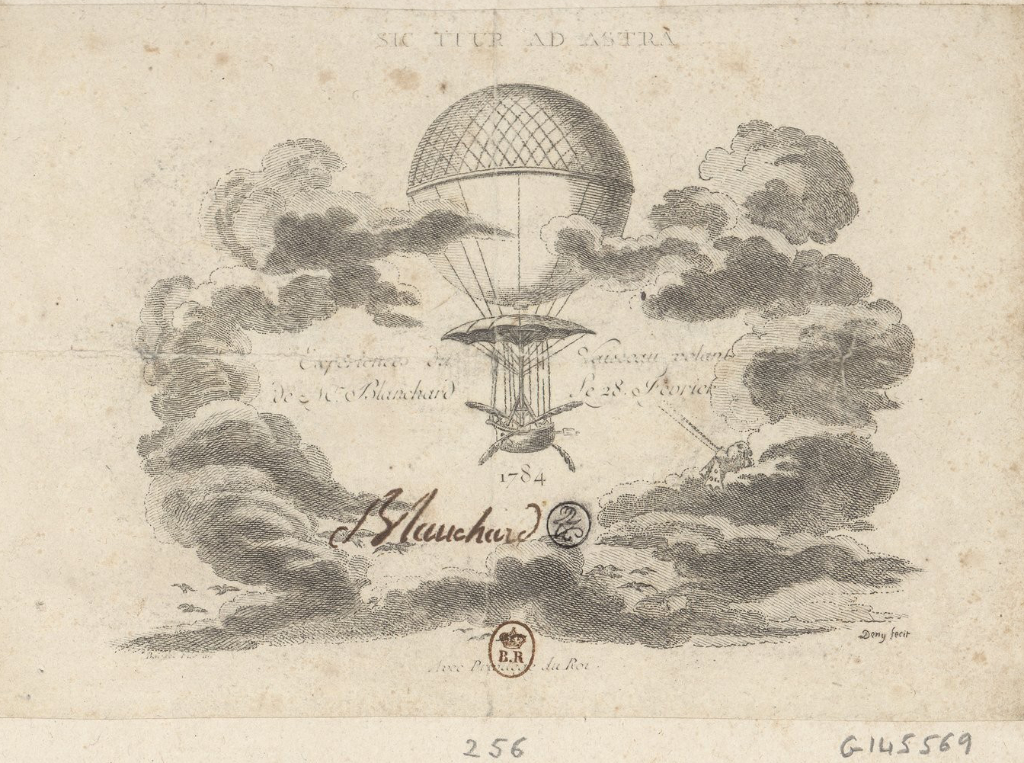 On 4th July 1753, the French inventor and aviation pioneer, as well as the first professional balloon pilot in the world, was born in Les Andelys, France.
On 4th July 1753, the French inventor and aviation pioneer, as well as the first professional balloon pilot in the world, was born in Les Andelys, France.
Since the childhood, Blanchard, a son of a lathe-operator, showed his mechanical skills, spark of invention and desire to experiment. He was developing simple automats, had built a pedal-powered automobile and designed a hydraulic machine to supply Château Gaillard with water.
However, conquering the air was among Blanchard´s deepest desires. In the early 1780s he worked on a ´flying ship, shaped like a bird, with six wings and a tail´ and even organized a public demonstration of his development on 5th May 1782. Regrettably, Blanchard´s ´bird´ was not able to take-off.
Still undaunted, the French aviation pioneer focused on hot air balloons developed by the Montgolfier brothers. On 2nd March 1784, being inspired by their achievements, Blanchard successfully took-off in his first hydrogen gas balloon, just a few months after the first piloted flight by Montgolfier. Until the end of the year, he made at least three more piloted flights, performed in Rouen and London, and developed a simple propulsion mechanism with flapping wings and a windmill.
During his stay in London, Blanchard became friend with John Jeffries – a physician, scientist and military surgeon who served with the British Army during the American Revolution. Born in Boston, Jeffries was among the first weather observers. His works were later honoured by establishing National Weatherperson´s Day celebrated on 5th February each year, the day of his birthday.
In 1779, Jeffries moved to England and was employed by the Crown. He also financially supported Blanchard´s works on hot air balloons. On 30th November 1784, Jeffries made his first balloon flight, joining Blanchard on the route from London to Kent. During that flight, Jeffries wrote and dropped four notes, addressed to his friends. One of them was found and delivered to the addressee, therefore being the oldest example of airmail in existence.
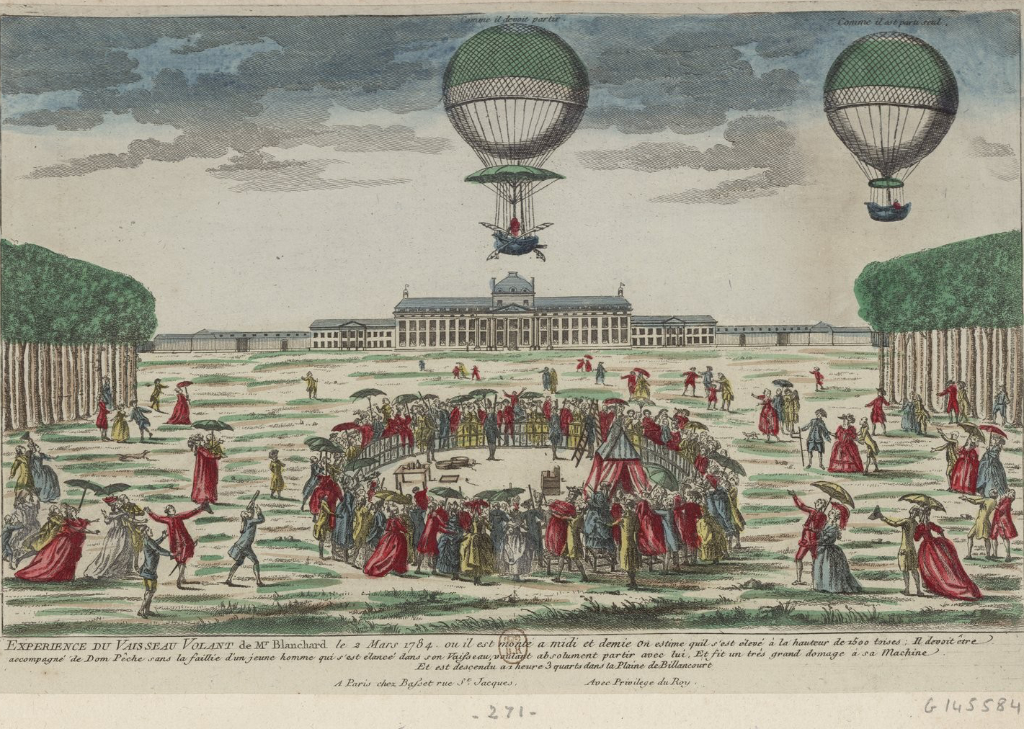
On 7th January 1785, Blanchard and Jeffries took-off from the area of Dover Castle and headed France. After a flight lasting two and a half hours, the aviation pioneers successfully landed near Guînes in Pas-de-Calais region. The first manned flight over the English Channel became a reality – 124 years before the first aeroplane managed to repeat it.
At roughly that time, Blanchard married Marie Madeleine Sophie Armandt, who soon became the first woman in aviation history to perform a solo flight in an aircraft. The exact date of their marriage is not confirmed, however, depending on the source, it occurred in 1794, 1797 or 1804.
Sophie was the second wife of Jean-Pierre, who reportedly preferred ballooning over taking care of his first wife Victorie and their four children. Eventually, Blanchard abandoned Victorie, who is known to later die in poverty, married Sophie Armandt and went for a tour across Europe.
In the following years, Blanchard toured Europe and North America. He was the first to fly the hot air balloon in Belgium, the Netherlands, Poland and Bohemia – with the display performed at coronation of Emperor Leopold II. In 1793, Blanchard performed the first balloon flight in the Americas, flying from Pennsylvania to New Jersey.
On 27th December 1804, the Blanchards performed their first joint balloon flight. The reason Jean-Pierre took Sophie onboard was very mundane – the couple was close to bankruptcy and they thought that woman aviator would attract either spectators or investors, allowing them to get back on their feet again.
As it seemed that mere presence of Sophie in the balloon was not enough, the couple decided she would perform a solo flight. It occurred on 18th August 1805 in Toulouse, and it was the third balloon ascend of Sophie Blanchard.
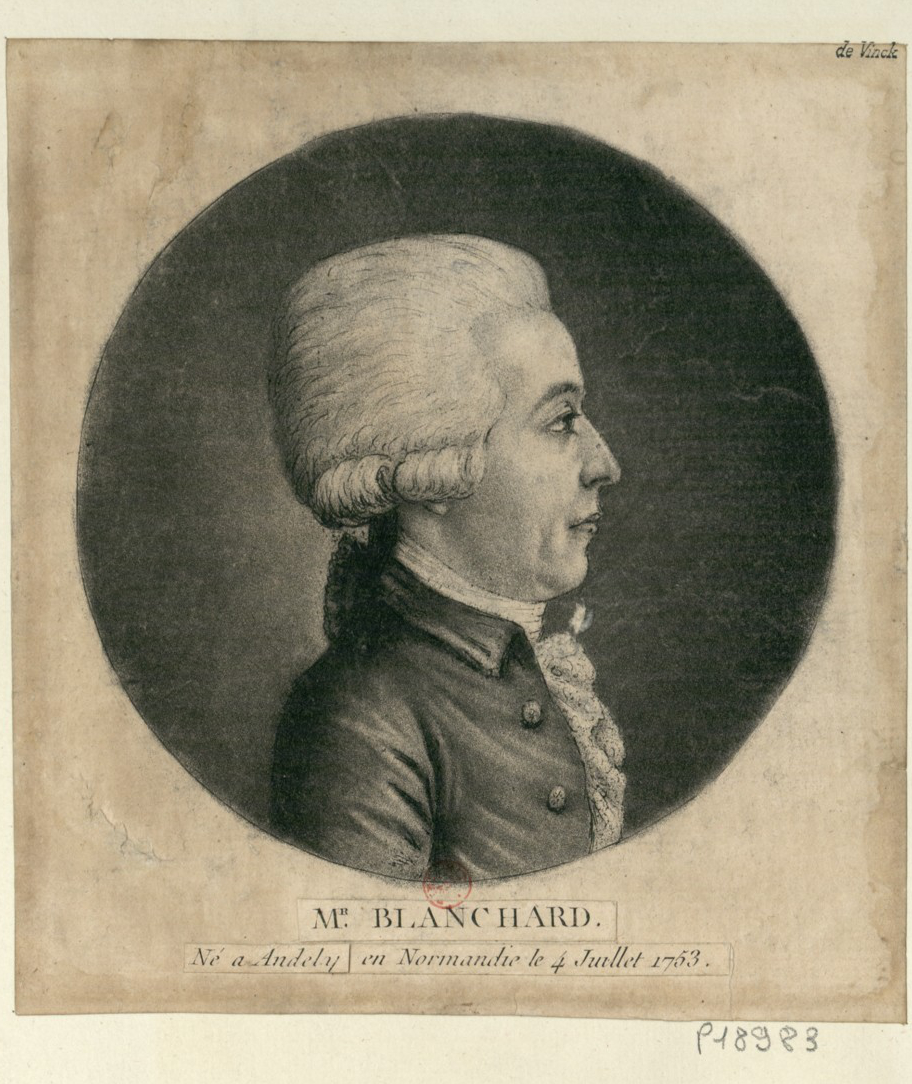
She became the first woman to solo pilot a balloon (and also an aircraft, in general), however not the first woman to fly in one. On 20th May 1784, three French ladies ascended in a tethered balloon in Paris, then, on 4th June 1784, Élisabeth Thible became the first woman to take a flight in an untethered balloon.
It seems the Blanchard´s plan to involve Sophie in the pioneering development of balloon flight worked very well. Soon after her first flight she was appointed the position of aérostier des fêtes publiques (English, literally: balloonist of public festivals, however often translated as ´Official Aeronaut of France´), a high official position at ministerial level.
Among other Blanchard´s interests there was a parachute and he was among the first users of the new invention. In 1793 he used a parachute to abandon a ruptured balloon. Since then, he even more focused on improving their development.
On 20th February 1808, Jean-Pierre Blanchard suffered a heart attack while flying over the Hague. He fell from the balloon and died of suffered injuries on 7th March 1809.
After his death, Sophie decided to continue her ballooning career and became the professional female balloon pilot.
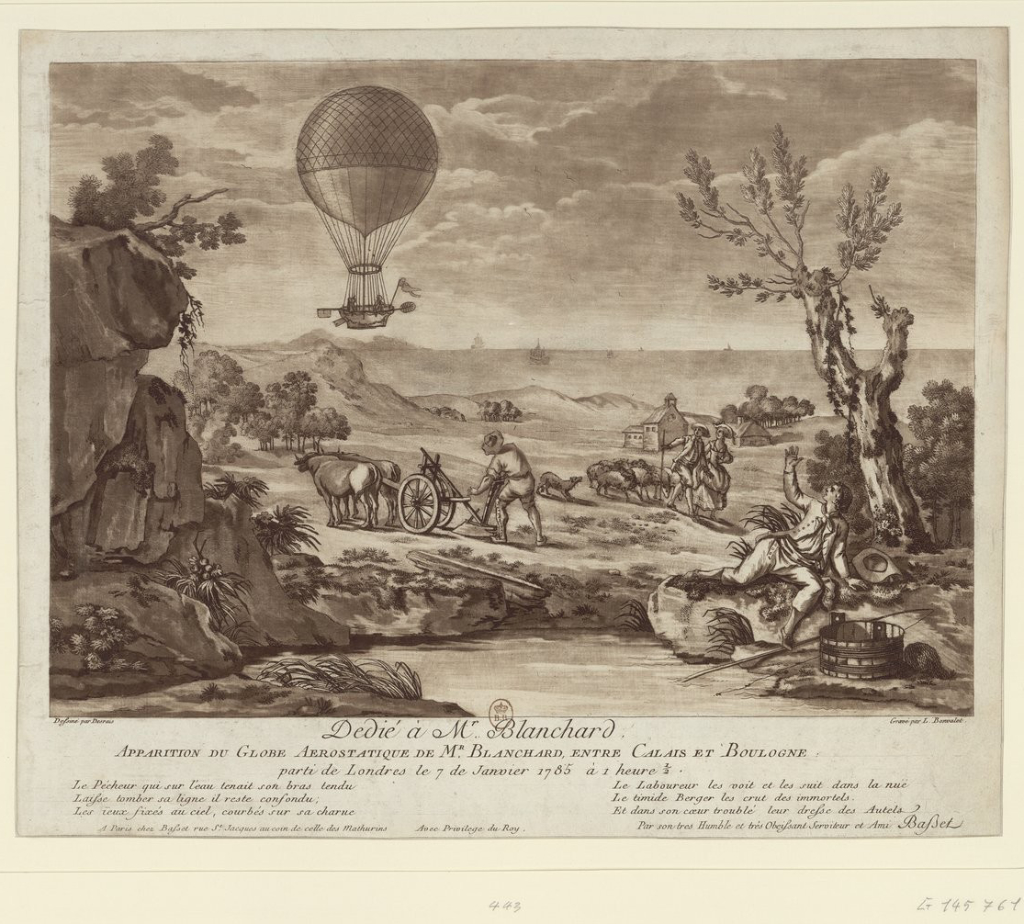
Cover photo: ´Sic itur ad astra´ – a phrase from Virgil´s Aeneid, meaning ‘thus one journeys to the stars’ – an entrance ticket to one of Blanchard´s flying experiments, 1784 (source: gallica.bnf.fr / Bibliothèque nationale de France, ark:/12148/btv1b85092246)

